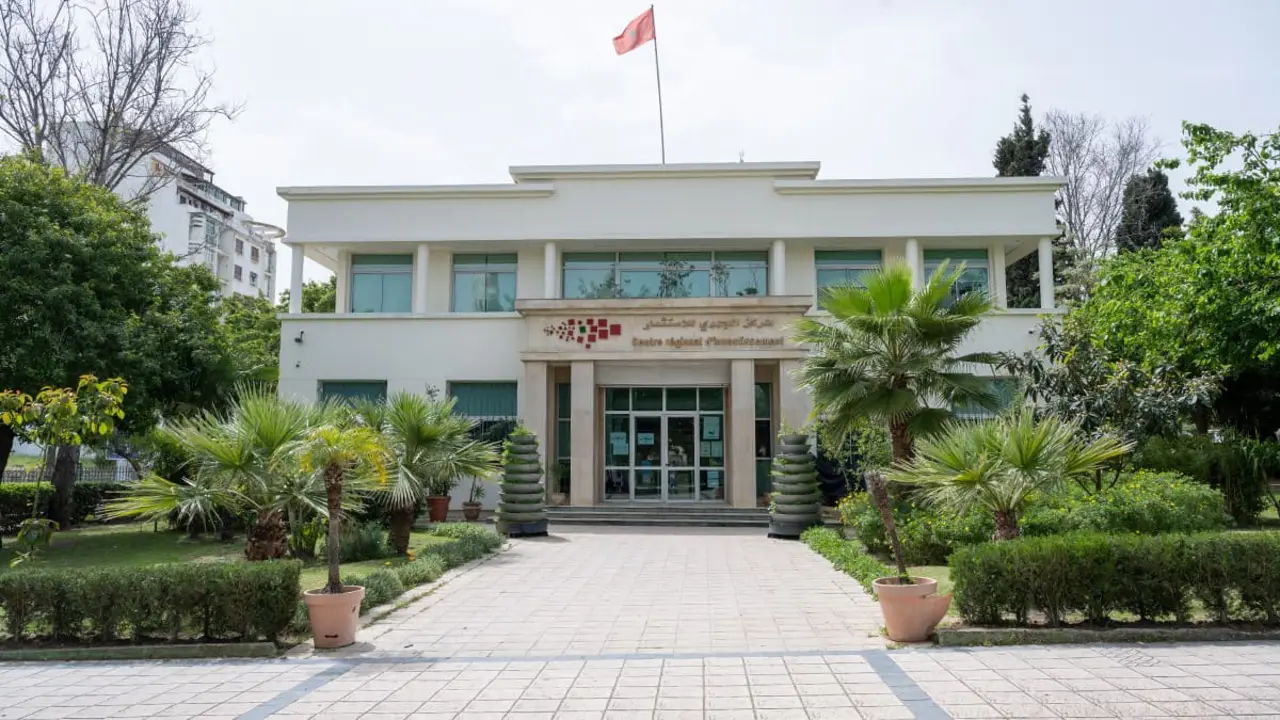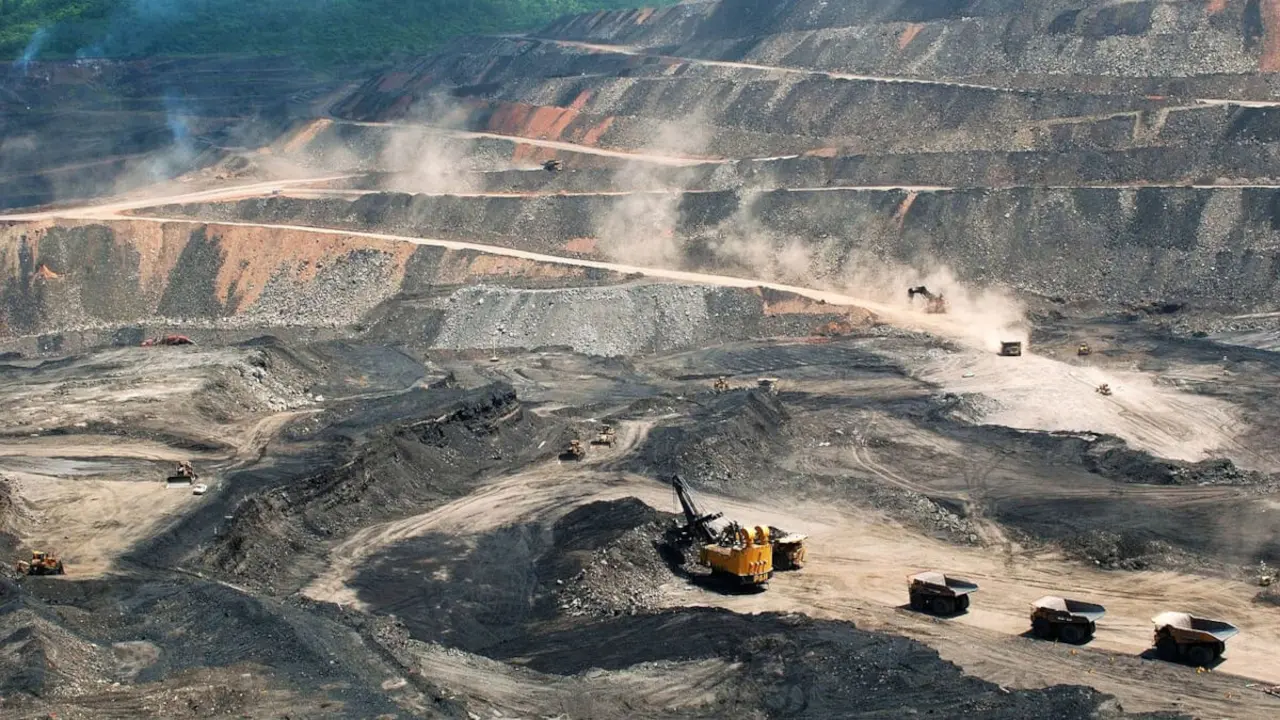Los bancos árabes demuestran su músculo financiero ante los efectos de la pandemia

Arab banks operating in the Middle East and North Africa region demonstrated, according to the Arab Monetary Fund, their strong financial capacity to withstand the negative effects of the pandemic without encountering major problems that could jeopardise their continuity.
In the Arab Financial Stability Report 2022, the Fund highlighted the sector's ability to maintain its upward trend despite the pandemic effects and to continue to attract liquidity and direct it to investment, in what was a major boost to economic growth.
But this stability and ability to withstand external constraints is not new to the Arab banking system, which since 2013 has demonstrated its stability in the face of the various economic challenges it has faced.

The reason for this robustness of the Arab financial sector must also be attributed to the regulatory authorities, whose policies and efforts to ensure the safety and stability of the financial sector are bearing fruit.
The report highlighted the high solvency of Arab institutions, which is higher than international targets (according to the Basel III standard of 10.5%), an indicator that demonstrates the sector's solvency and high capacity to absorb potential losses.
This solvency ratio stood at 17.8% in Arab banks, a percentage that has grown by almost 1% since 2018, once again demonstrating the growth capacity of these entities despite the external crises they have suffered during this time.
One of the keys to this strength was the implementation of the International Financial Reporting Standard (IFRS 9), thanks to which the Arab banking sector maintained its good loan provisioning ratios, thus consolidating its strength and solvency.

Their levels in relation to total liquid assets also demonstrated their ability to meet their obligations. These ranged from 27.3% to 34.5%, reaffirming once again the strength of the sector.
The return on assets also improved, a trend that has continued since last year when it reached pre-pandemic levels at 1.24%.
Finally, the report also noted that the fact that the rate of return on owned fields remained within positive levels was a key indicator, demonstrating not only the sector's resilience to external shocks, but its strong performance in using its capital.
Although some indicators related to the creditworthiness of the Arab financial sector are not entirely positive, the rest have revealed the great health of the entities operating in the MENA area, confirming once again the potential of this region.








